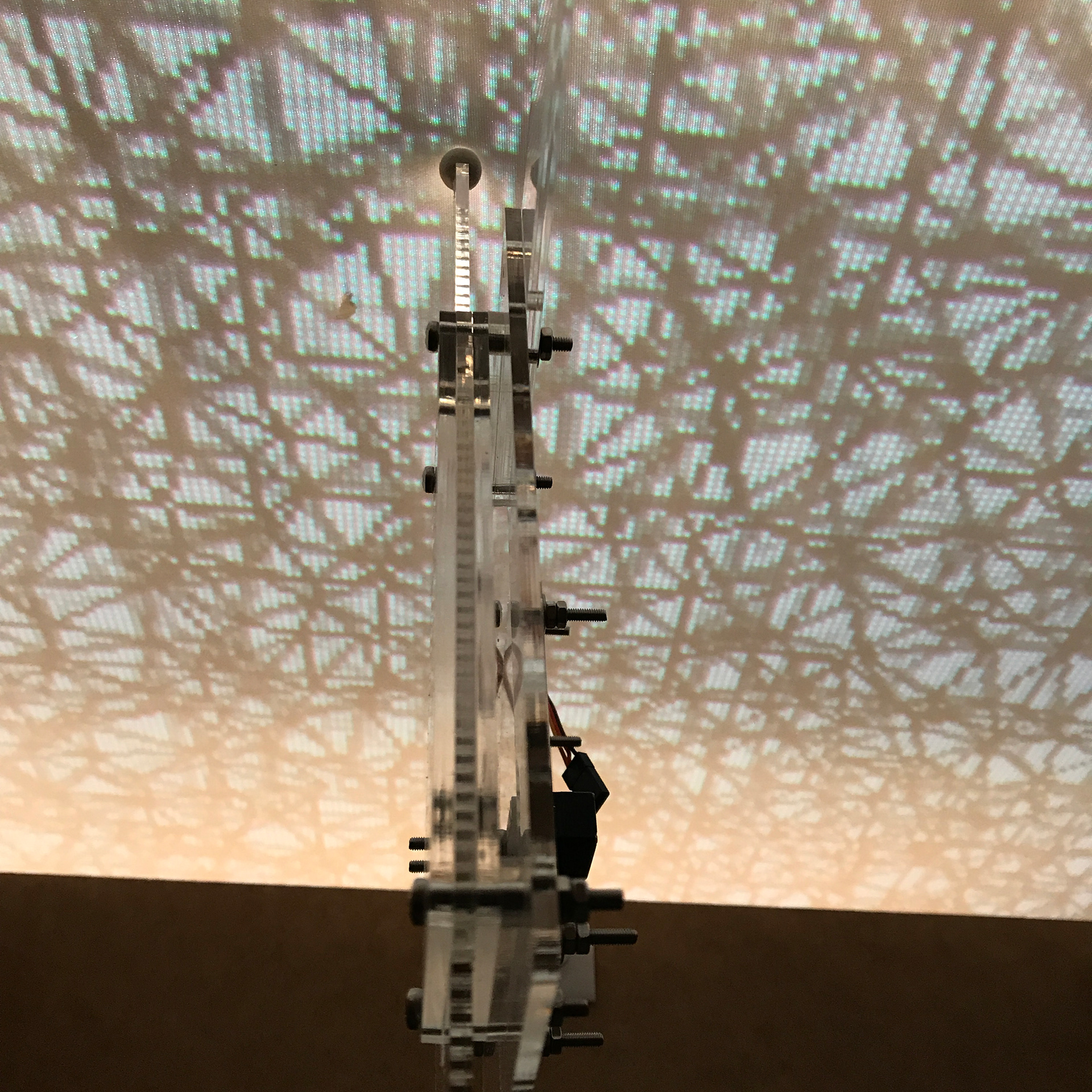2017
AGENDA
Transport consumes 4% more energy every year, which represents a doubling of energy every twenty years.
One car exhausts emit a wide range of gases and solid matter, causing global warming, acid rain, and harming the environment and human health.
A carless city is the solution to shift away from this dystopic future. This means that all the road space is now open public space, that we can reimagine as new public infrastructure that serves the community.
One car exhausts emit a wide range of gases and solid matter, causing global warming, acid rain, and harming the environment and human health.
A carless city is the solution to shift away from this dystopic future. This means that all the road space is now open public space, that we can reimagine as new public infrastructure that serves the community.
LOCATION
Drassanes is nestled between the historic Monument of Colombus and the Maritime Museum to the North-East and the Montjuic Hill to the South-west. If cars were removed from the equation, there would be approximately 202,000 sqm of public spaces on a 230,400 sqm site (roughly 87% of the site area).
RESEARCH
But that's not enough. These places must be designed for optimum functional and serve a higher socio-economic purpose. Imagine the public spaces as the centers of production; food, goods, ideas and imagine a network of exchange – intra-city and inter-city. Imagine an economy of exchange where one locally produced item or idea is exchanged for another in a system that slowly but surely eliminates money from the vocabulary of the future.
PHYSICAL MODEL AND PROJECTIONS
To illustrate the idea of this economy of exchange, we have represented the socio-economic fabric of the future city quite literally with fabric itself. The rise in the fabric indicates an activity on one of the infrastructure zones resulting in a production of goods and ideas. The balls moving around the board represent these goods and ideas themselves. The stray particles are being consumed on site while the large pools are the ephemeral pop-up markets and exchange platforms where the economy of exchange is in process. Data mappings of temperature and occupancy changes are projected on the model, allowing for a full on experience for the viewer.
























